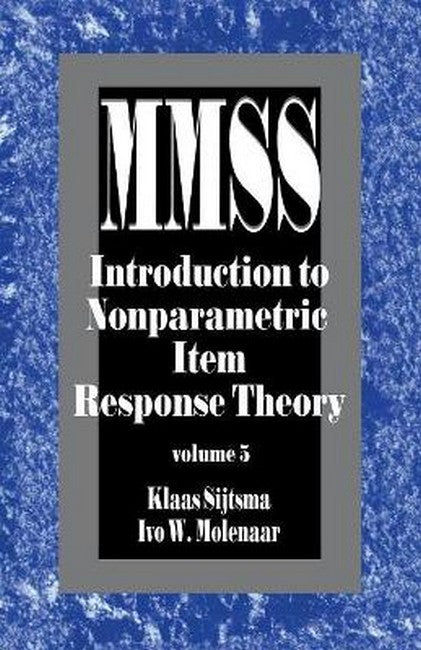Vice dean of research Tilburg School of Social and Behavioral Sciences, program director research master, and professor of methodology and statistics
Request Academic Copy
Please copy the ISBN for submitting review copy form
Description
Models for Mental Measurement / Philosophy and Assumptions Underlying Nonparametric IRT Models for Dichotomous Item Scores / The Monotone Homogeneity Model Applied to Transitive Reasoning Data / The Monotone Homogeneity Model: Concepts and Procedures / Automated Item Selection Under the Monotone Homogeneity Model / The Double Monotonicity Model / Extension of Nonparametric IRT to Polytomous Item Scores / Item Analysis Using Nonparametric IRT for Polytomous Items
"Introduction to Nonparametric Item Response Theory is an accessible introduction to constructing tests/scales using nonparametric IRT. It should be of great use to social scientists who construct their own measurement instruments, as well as those who provide them statistical support. For those who focus on larger scale standardized tests, the volume provides a refreshing step back to look at some important issues in the field and some alternative methods of analysis." * Journal of the American Statistical Association *

